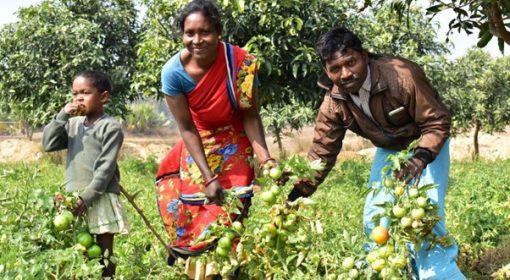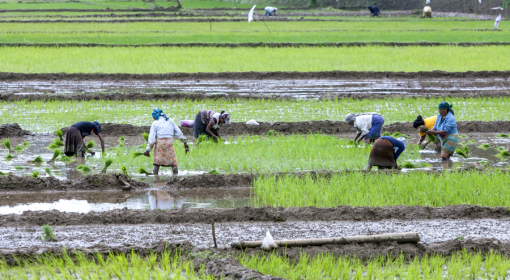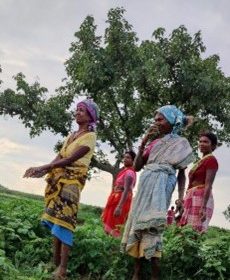By Meghna Mukherjee (MetaMeta)
Sikkim, a small mountainous region in India, is the world’s first 100% organic state. It has transitioned from chemical to organic farming, and now all its farmland is certified organic. The transition has benefited at least 66000 farmers and converted 74,000 ha of land to organic cultivation. The Sikkim government has been applauded for its concerted efforts.
Though the use of chemical fertilizers was the lowest in the country, the state decided to transition from chemical to natural fertilizers to reduce the adverse impact on the environment. What started as an ambitious goal in 2003 was realized in 2015. Not many would have imagined the small mountainous state to achieve such a significant feat quickly.

So, how did Sikkim achieve the transition to natural regenerative farming?
Sikkim took more than ten years to achieve the transition. The transition journey focused on working on the different components of the agriculture system. There were concerted efforts at the level of developing new policies, implementing better practices and resource flows, building relationships, tackling power dynamics in the system, and shifting mental models. By working on the different conditions of system change, Sikkim was able to achieve the shift to natural regenerative farming.
Developing new policies: The government reduced the subsidy on chemical fertilizers and pesticides by 10% each year and implemented a total ban in 2014. The ban was strictly enforced, and anyone not abiding by it was punishable under the law. Parallelly, policies to mainstream organic farming were also taken. Steps to make certification easier were taken by encouraging information and knowledge exchange and supporting farmers. To ensure holistic development, the government invested in education and the social sector to make people aware of the benefits of natural farming and the methods to improve the existing practices.
Implementing better practices: The plan to form a Sikkim Organic Mission (SOM) showed the commitment of the government to bring about this transition. The SOM encapsulated the provision of inputs, learning opportunities, and training on using organic inputs. The government also facilitated the development of scientific research, teaching, and vocational training in organic farming.
Resource Flows: The system was designed to promote resource flows (read: Financial flows) that would aid the transition. For example, government departments came together to provide training on organic farming and encourage research and development opportunities. They provided support to farmers in finding alternatives to chemical ways of farming. The government embedded other laws and policies (Agriculture Horticulture Input and Livestock feed regulatory Act, 2014) together to streamline the resources.
Understanding the mental models: The government worked to improve the structure and bring transformative change by focusing on shifting mindsets. By providing continuous training to farmers and educating them about the benefits of organic farming, they were able to change the perspective of farmers. Additionally, the government invested money to develop scientific research and promote vocational training to different cadres in organic farming. So through the twin pron strategy of working through the system and with local actors, the government’s efforts became successful.
Lessons to take forward
Exploring the different facets which were adopted by the government to bring systemic change helps us take forward crucial lessons for the future. To begin with, it is not sufficient to change the existing policies and practices but to go beyond to see how knowledge and money flow across the system. It should be aligned with the overall objective (in this case, it was transitioning to organic farming. Another important factor is to make concerted efforts to bring transformative change by working on deeply seated beliefs and assumptions present in the system. Therefore, the approach should be to work together holistically rather than working in silos through individual government departments and single level policies.




